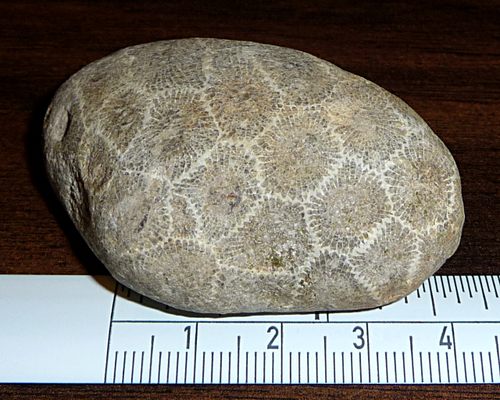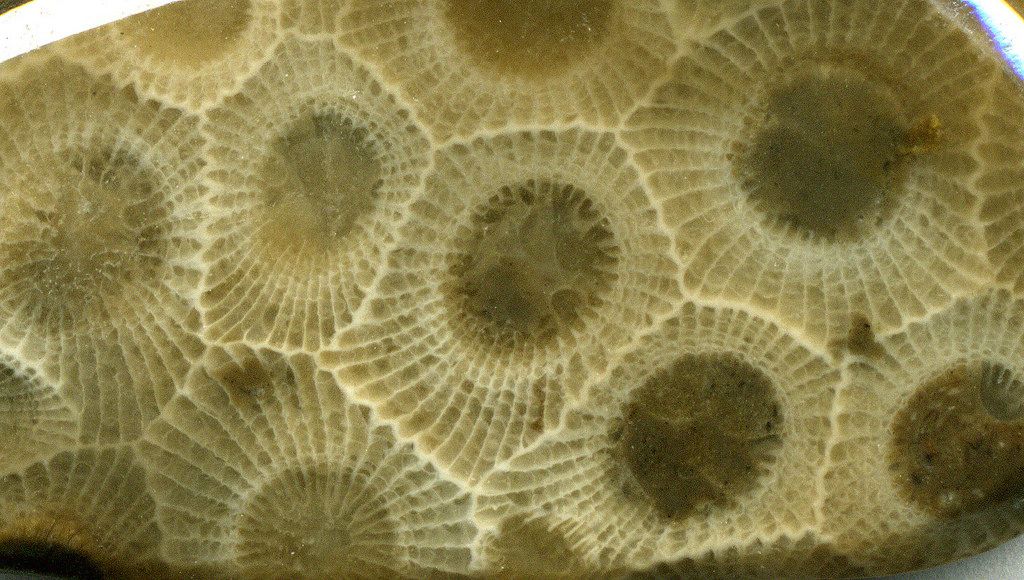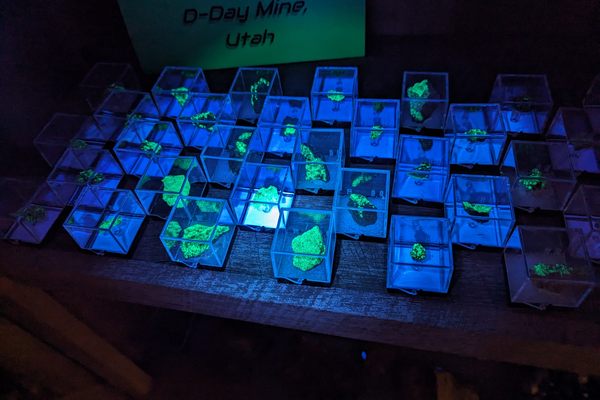About
In the Paleozoic Era, roughly 400 million years ago, Michigan wasn't the chilly northern state we know it as now. It was somewhere near the equator and it was covered in a shallow, tropical sea, complete with ancient marine life.
Now, Petoskey State Park on the shore of Lake Michigan holds some of the only reminders that the Midwestern state was once an ocean. When Earth's tectonic plates shifted and created the North American Continent out of this watery ecosystem, some of the coral life residing there came along for the ride.
The state park is named for Petoskey Stones. These are small, unremarkable rocks, only identifiable by the faint spots covering their surface. When polished though, the perfectly hexagonal pattern grows visible, revealing what they really are. These are no ordinary pebbles; they're actually the skeletons of prehistoric coral. Each of the spots was once a coral polyp. The dark centers were mouths, and the "rays" surrounding them were tentacles. Time has scrubbed them down to a rounded rock, but combing the beach for these little fossils can offer even amateurs a connection to the very, very distant past.
Related Tags
Published
October 19, 2016
































